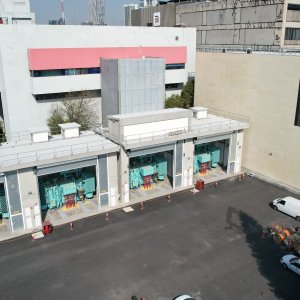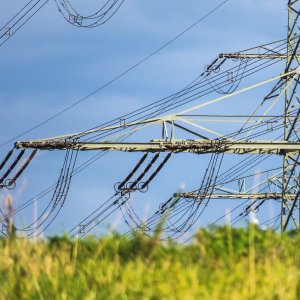Storage Options at Laguna Verde
The sourcing and storage of fuel for nuclear energy generation is perplexing to most, and people tend to associate the practice with misconceptions of hazardous materials of unknown origins and deep political implications. Juan Eibenschutz, Director General of the National Commission of Nuclear Safety and Safeguards, explains that, like most minerals, uranium comes from mining processes. He points out that Mexico has adopted “an old-school approach” to uranium because the authorities have labeled this resource as property of the nation, just like hydrocarbons. “If a mining company finds uranium quantities exceeding an established content measured in parts per million, then they have to report it to the authorities. The State can then assume ownership of the concession, or the mining company can reach an agreement with the authorities for selling the uranium to the government.” However, due to Mexico’s uranium resources, and with the value of this mineral increasing, uranium mining could be an interesting business opportunity even without a clear nuclear energy program. As for the potential dangers of the mineral, Eibenschutz asserts that the fuel cycle for uranium procurement, enrichment, fuel fabrication, and disposal or storage must be carried out under the safeguards and guidelines of the International Atomic Energy Agency (IAEA).
In Mexico, 95% of the radioactive residues come from the Laguna Verde nuclear plant and the remaining 5% comes from medical applications. Regardless of its origin, the Ministry of Energy is responsible for managing high- and low-level radioactive materials. The storage of low- and medium-level radioactive material that result from the operation of Laguna Verde, as well as radioactive residues from industrial and medical applications, has to be safeguarded to guarantee safety and security according to strict national and international standards.
Laguna Verde has temporary storage facilities for low- and high-activity residues, with enough capacity to hold the materials for as long as necessary. “Due to their radioactive characteristics, these residues will have to be transferred to permanent storage where they will stay for 300 years in order to decay and neutralize,” tells Eibenschutz. High- activity residues consist of the irradiated fuel, which is kept in the fuel pools at the reactor buildings. He claims this irradiated fuel presents a more interesting case in terms of storage because the fuel is stored in pools with water cooling systems. Since Laguna Verde plans to apply for an extension of its operational license, the capacity of the fuel pools will not be enough. As a temporary solution, Laguna Verde has resorted to dry storage, a common practice in the industry. A decision will have to be made regarding whether to store the fuel or reprocess it, and if this will be done locally, or through an international service provider.



















